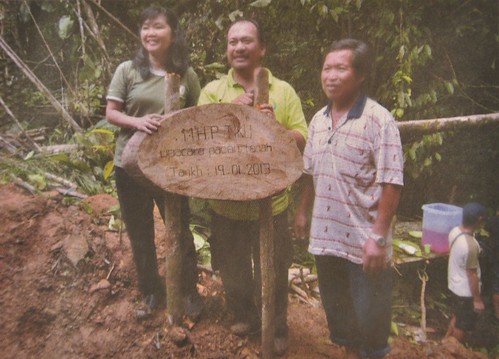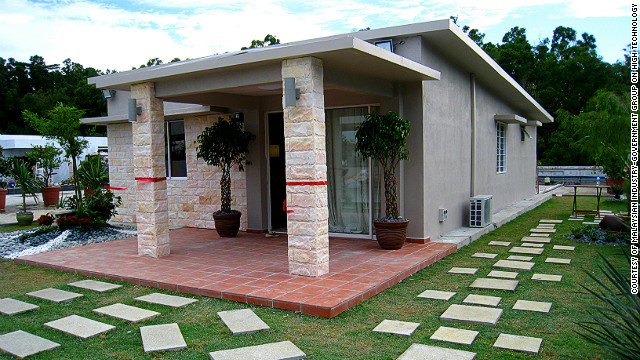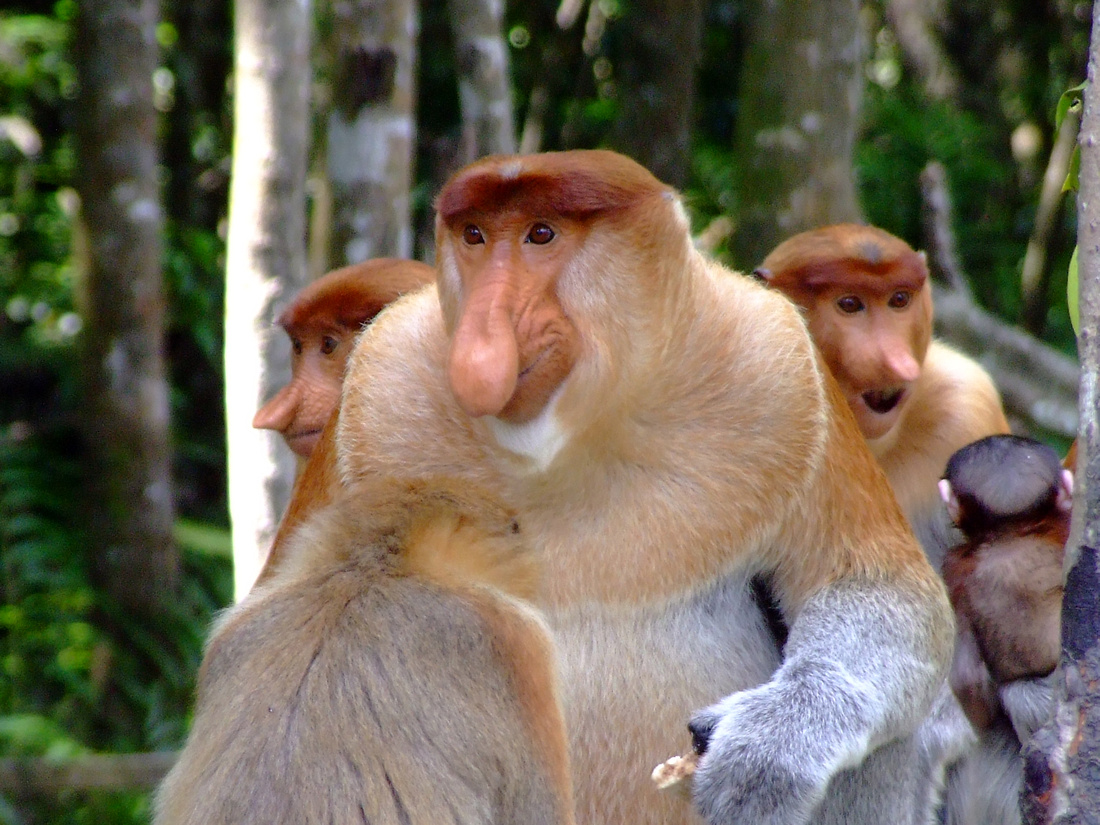 |
| Imbak Canyon (example) |
KINABATANGAN: The early morning mist
envelopes the Imbak Canyon Conservation Area (ICCA). The chirping of
birds, the call of gibbons and the sound of rushing water from a river
are beautiful and unforgettable.
This writer recently went to the Gunung Kuli Research Station, located at the ICCA, the remaining part of unspoilt lowland rainforest in the heart of Sabah.
A trip to this pristine forest is incomplete without understanding the beauty of wildlife and trees.
The water in the Imbak River is crystal clear. In addition, a number of freshwater fish live in the river and other streams.
In 2010, a 10-day research expedition was organised at the Gunung
Kuli Research Station. More than 100 researchers took part in the
research expedition.
IMBAK CANYON
During their expedition, researchers found 50 species of medicinal
plants and 28 species of orchids in the conversation area, which spans
30,000 hectares.
The Imbak Canyon is a priceless heritage site, which had been transformed into a Forest Conservation Area in 2010.
According to Dr Waidi Sinun, Yayasan Sabah’s group manager (conservation and environmental division) at the ICCA, the ICCA had been developed into a conservation area by Yayasan, Sabah Foundation, in 2003, for research purposes.
Today, the area is managed by the foundation.
FOREST
Imbak Canyon is a 25km long valley in central Sabah. It is surrounded by sandstone cliffs that are more than 3,700 feet tall.
The Imbak Canyon forest consists of shrub communities as well as low forest communities.
Recognised as a genetic seed bank, Imbak Canyon is home to more than
317 species of plants, out of which 32 species are found in Borneo,
with only six species present in Sabah.
According to Waidi, there are six different species of primates in Imbak.
They are the Borneo gibbon, the long-tailed Macaque, the Silvered
Langur, the Red leaf monkey, the Proboscis monkey and the Pig-tailed
monkey.
Waidi said the ICCA will combine Maliau Basin and Danum Valley so that a full-fledged research facility can be developed for biodiversity studies.
PARTNERSHIP
Efforts to develop the ICCA into a world
class education centre were intensified after the launch of the Yayasan
Sabah-Petronas Imbak Canyon Partnership last year.
Petronas contributed RM6 million to create a master plan for Imbak Canyon.
At the proposed Imbak Canyon Studies Centre (ICSC), there will be a
laboratory, research and staff quarters, an observation tower,
conference rooms, galleries and a nursery.
The facilities available at the Tampoi Base Camp in Imbak Canyon are
not sophisticated. Currently, the base camp has hostel-type
accommodation with washrooms, a camping ground and a dining area.
Petronas’ contribution is indicative of the organisation’s desire to
conserve Imbak Canyon’s unique biodiversity, and to make it a central
research hub for studies on environment and biodiversity.
SUPPORT
“It is important to get the support of various organisations so that
the Imbak Canyon can be developed into a conservation area to protect
wildlife in Maliau Basin and Danum Valley.
“Equatorial rainforests, including the Imbak Canyon, play an
important role in reducing the amount of carbon in the environment,”
said Mohammad Medan Abdullah, Senior General Manager at the Petronas
Group’s Corporate Affairs Division, at the launch of the YS-Petronas
Imbak Canyon Conservation Partnership.
Medan had visited the Gunung Kuli Research Station.
“Although we want to develop Imbak Canyon into a world class
research centre, we will ensure that the area is environmentally
friendly so that animals and trees are protected,” Waidi told Bernama.
“To make sure that ICCA, Danum Valley and
Maliau Basin, remain true to its equatorial rainforest nature, every
effort must be done to protect its rich biodiversity and ecological
heritage
ANIMALS
“The ICCA, Danum Valley and Maliau Basin
are some of the places where visitors can see animals wandering freely.
The animals will not harm human beings,” he said.
Unlike Maliau Basin and Danum Valley, the Dusun Sungai and Murut
communities have been living near Imbak Canyon for generations. They
have been living near the main river and its tributaries.
“We hope that we can create public awareness through educational programmes.
“People should know the importance of protecting wildlife and trees. This is what we want to share with the public,” he said.
“We want to preserve the knowledge of the Dusun Sungai and Murut
communities for the younger generations,” said Waidi, adding that people
should understand the importance of conserving flora and fauna.
Meanwhile, the Imbak Information Gallery Centre, funded by Petronas, will showcase the development of the ICCA, particularly in the area of eco-tourism.
“The locals will be provided an office space in the gallery. They
can be tour guides too. They can enlighten the public on the importance
of nature conservation,” he said.























